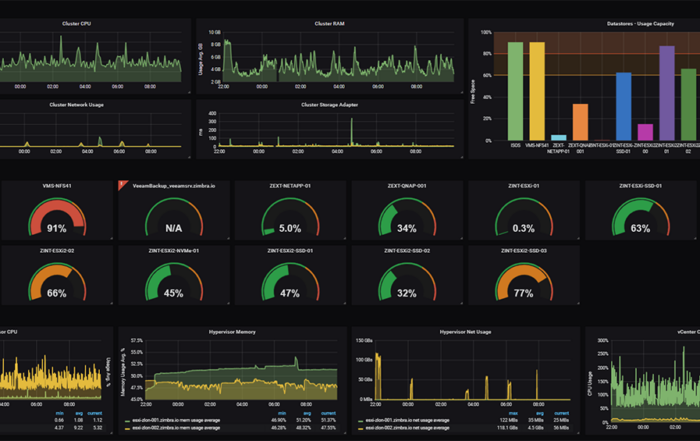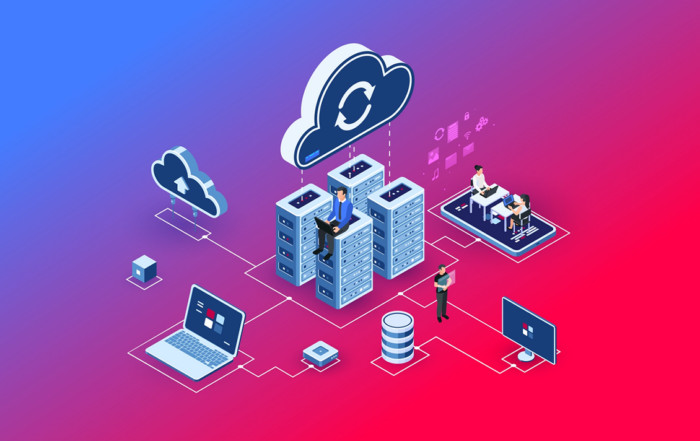
The world of cloud technology is vast, dynamic, and at times, utterly perplexing. I’ve been through the trenches, from small-scale cloud projects to massive, complex migrations. The promise of the cloud is both intoxicating and daunting: reduced costs, unparalleled scalability, and the luxury of focusing on core business logic rather than infrastructure. However, the journey towards realizing this dream isn’t always smooth sailing. In this piece, I’d like to share some lessons I’ve learned, often the hard way, about navigating complex cloud migrations.
1. Don’t Dive in Without a Map: Assessment & Planning
One of the most recurring pitfalls I’ve seen companies make is jumping headfirst into a cloud migration without adequate assessment and planning. Cloud migrations are not simply about moving ‘A’ to ‘B’. It’s about understanding the intricacies of the applications, their dependencies, and ensuring there’s a match with the chosen cloud provider’s offerings.
Lesson Learned: Always kick-off your migration journey with a comprehensive assessment phase. This involves understanding your applications, their interdependencies, data gravity, and network topology. A successful assessment phase will not only give you a roadmap but will also identify potential bottlenecks and challenges.
2. The Devil is in the Details: Custom Applications
While SaaS applications tend to be easier to port over, the challenge compounds for custom-built applications. These require thorough evaluations for compatibility and potential refactoring.
Lesson Learned: There’s no one-size-fits-all. Some applications can be rehosted (lift and shift), while others may need to be replatformed or refactored. Each application is unique, and understanding the nuances can save a lot of heartaches down the line.
3. Connectivity and Latency are Make-or-Break
Even in our hyper-connected world, the physical distances between data centers matter. Choosing a cloud region without considering the location of your primary user base or other critical systems can result in unacceptable latency.
Lesson Learned: Pay close attention to network architecture and design. Hybrid cloud scenarios, in particular, demand seamless connectivity between on-premises systems and the cloud. Leveraging services like Direct Connect (AWS) or ExpressRoute (Azure) can bridge these gaps.
4. Data Migration Isn’t Just About Data Transfer
One of the most time-consuming parts of cloud migrations can be moving large datasets. Yet, it’s not just about transfer speeds. Data integrity, security during transfer, and potential service disruptions all play a part.
Lesson Learned: Always plan data migrations carefully. Use data transfer tools provided by cloud providers or third-party solutions tailored for large-scale migrations. Also, consider techniques like data sharding or segmented transfers.
5. Security Paradigms Shift in the Cloud
Traditional security models often don’t translate perfectly to the cloud. While cloud providers offer robust security tools and protocols, they operate on a shared responsibility model.
Lesson Learned: Dive deep into the cloud provider’s security best practices. Understand what they manage and what falls under your purview. And remember, default settings might not be optimal. Regularly review and fine-tune configurations as you would with any on-premises system.
6. Budget Surprises are Not Fun Surprises
Cloud offers scalability, but without proper management and oversight, costs can spiral. It’s easy to spin up resources, but ensuring they’re used efficiently is another story.
Lesson Learned: Implement rigorous cost monitoring and management practices from Day 1. Utilize budgeting and forecasting tools, and ensure your team understands the pricing models of services they utilize.
7. Training & Change Management Can’t be Overlooked
Moving to the cloud doesn’t just involve technical change but a cultural one as well. Roles and responsibilities may shift, and processes often need to be reimagined.
Lesson Learned: Invest in training. Make sure your team understands not just the “how” but the “why” behind cloud services. A well-informed team can be proactive rather than reactive, spotting opportunities or potential issues long before they become critical.
Conclusion
Cloud migrations, especially complex ones, are as much about strategy and vision as they are about technology. By focusing on thorough planning, giving special attention to custom applications, understanding the nuances of connectivity and latency, ensuring data integrity, reinforcing security, keeping a close eye on costs, and emphasizing training, you’ll be well on your way to a successful cloud migration.
Every cloud journey is unique, but by learning from those who’ve walked this path before, we can avoid common pitfalls and reach our destination with confidence. Here’s to your successful journey in the clouds!





